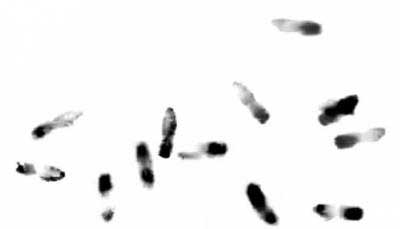The Warré-model is by definition a hive-model for sustainable beekeeping, as the bee colony can develop at its own pace instead of being controlled by the beekeeper (nadiring the boxes, no queen excluders, ‘optimal’ temperature regulation). The Warré model is not the ‘best commercial model’ concerning the amount of honey production, but it is sustainable as it does not stress the bees with ‘overproduction’ (honey taken away by the beekeeper). The hives in the network are by preference on different locations, so that they can give us information on the bee colonies at these different locations (city, rural, …) and eco-information on the environment they are set in. Goal is to compare the collected data sets of these locations, as well as the wellbeing and behaviour of the bee colonies.
For now, we have basic sensors (t° in/out, humidity) in a hive Barcelona, and in several hives in Brussels, on different locations:
⇒ we can send the sensor data of these 3 hives to the http://opensensordata.net/ database that Peter has set up
⇒ on the t° data values we should do a computational correction, as the t° sensors are located only on 1 spot in the hive, and the values they give are thus very influenced by the outside t° values.
To have a better read-out of the t° in the hives, we are developing the 3D t° sensing system with the thermistors. If this works out, it should provide us with the correct t° values in the hive (box), as well as with the behaviour (movement) of the bees inside of this monitored box.
The new 3D system should give a detailed read out, but it is also very complex and time consuming to install. Every box has 8 frames x 8 thermistors, this makes 64 thermistors per hive-box to be soldered/attached to the frames, + connected to the PCB board. Every box has its own PCB board. Knowing that 1 (Warré) hive has an average setup of 4 boxes, we can calculate that it will be a huge amount of work to monitor the t° in 3D in the hive with this system.
We are finalising the first ‘bee-box and’ (3D temperature sensing) and we’ll install it in the Brussels (so-on) Warré hive and connect it to the internet to have a daily monitoring, as well on line (data values and 3D visualisation) as physically (control the hive regularly). Once we know that the 3D thermistor t° system is working as we expected, we can extend it to the other hives. Therefore we should make a subcontracting working plan, as there is a lot of physical work connected to it and most of us don’t have the time to do it. We should monitor the bees like this for a season, at least through winter till next spring’s development, and work with the data and see how correct they are. While monitoring the system like this for a while, with the findings and results, we should work on a simplification of the monitoring model so that we can adapt the monitoring to later (organic) models of intelligent beehives.
